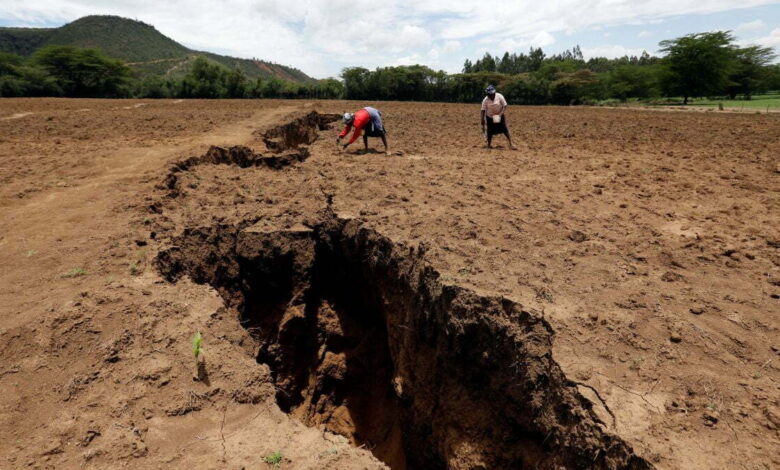Africa Is Dividing Faster Than Predicted. A New Ocean is Forming

Nairobi, Kenya – Geologists have uncovered startling new data indicating that Africa is undergoing a dramatic geological transformation at a pace faster than previously thought. The East African Rift System, a vast network of faults and valleys stretching from Ethiopia to Mozambique, is actively splitting the continent, potentially leading to the formation of a new ocean.
Research led by scientists from the University of Addis Ababa, in partnership with international geological teams, has revealed that the Somali Plate is separating from the Nubian Plate at a rate that might see the creation of a new ocean basin in the coming millennia, rather than the millions of years once predicted. This acceleration was noted in the Afar region of Ethiopia, where a significant rift appeared in 2005, marking an active site of continental division.
Dr. Atalay Ayele, a leading researcher on the project, explained, “The rifting process here is akin to an incipient oceanic rift, suggesting that we’re witnessing the very early stages of ocean formation. Satellite data and ground observations indicate that the movement of these tectonic plates is not only ongoing but accelerating.”
The East African Rift, which includes the Great Rift Valley, has been known to geologists for its potential to split the continent into two landmasses. The rift is driven by the hot, upwelling material from the mantle beneath Africa, pushing the plates apart. This process mirrors the creation of the Atlantic Ocean when Africa and South America separated millions of years ago.
However, the new findings suggest that this process might not take the expected 5 to 10 million years. “The rate of separation is now estimated to be about 7mm per year, which is incredibly fast in geological terms,” said Dr. Cynthia Ebinger, a professor of plate tectonics at Tulane University, who has been studying the rift for decades.
This geological event has profound implications for the countries along the rift. Landlocked nations like Uganda and Zambia could eventually gain coastlines. However, the immediate future might bring challenges, including increased seismic activity and potential volcanic eruptions as the plates continue to diverge.
The splitting of Africa also raises concerns about infrastructure and population displacement. Cities and towns near the rift could face significant changes in landscape, necessitating new planning and adaptation strategies.
On the positive side, the rift offers a unique opportunity for scientists to study continental breakup in real-time. “This is like having a live laboratory for observing the birth of an ocean, something that usually happens over millions of years,” noted Ken Macdonald, a marine geophysicist from the University of California.
The news has sparked discussions on social media, with posts on X trending about the new ocean’s formation. While some users express awe at the Earth’s dynamic nature, others worry about the human and economic costs of such a transformation.
As this geological phenomenon unfolds, scientists are monitoring the situation closely, advising regional governments on preparedness and leveraging this rare occurrence to further our understanding of Earth’s tectonic processes.




